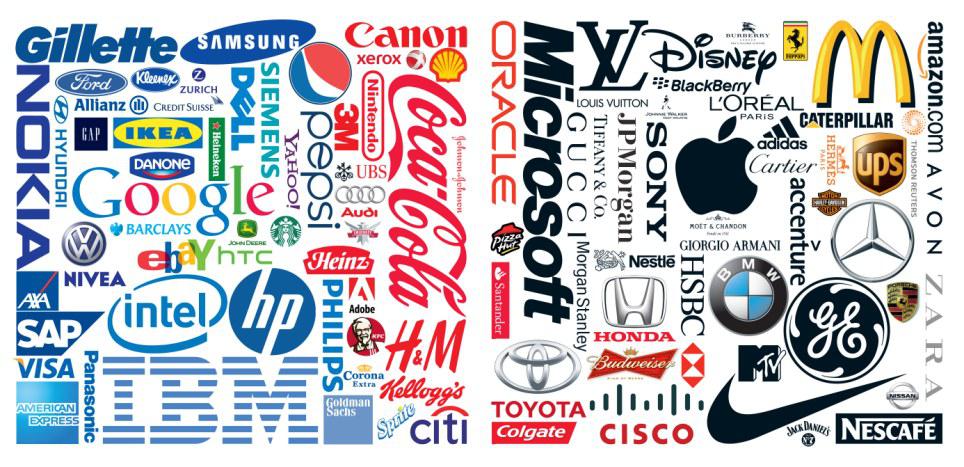Branding Research: Launching a New Brand

Why is a good brand name so important?
Naming a brand is one of the most important aspects of a successful new product (or service) development and launch. It should provide immediate recognition of a product and its attributes. At some point it may also be significant for expansion of a current product into a new market.
How are potential brand names selected?
Ideation sessions among diverse members of a marketing team supplemented with a mix of other employees can often provide a good start. It is crucial to have someone facilitate the process by describing what the new product is intended to do and who the likely customers will be. Suggestions should not initially be judged, but merely recorded and listed. Group voting can help to narrow choices to a short list for legal vetting.
At this point, the candidates can be presented to a sample of the intended audience for their reactions. An outside market research company or one specializing in brand name creation can be used to conduct the necessary fieldwork and present findings.
Considerations
It is possible that a brand name will create a problem when translated into another language. Years ago a U.S. car was named Nova. In English, the word refers to a bright star. But in Spanish speaking nations it literally means “it doesn’t go” – not a great choice for a car! Many people perpetuate the story that this name resulted in deflated sales in some countries, but in fact, it did not. However, this tale is often cited because of the point it illustrates.Words, colors and graphics might be very effective in one region or culture but have unintended consequences when used elsewhere. Translations of a brand name, and even more so a marketing slogan, may become confusing, offensive, or worse – vulgar slang for certain body parts or functions. Even colors used for a logo or marketing materials should be reviewed for potential negative connotations or symbolism in another part of the world.It is possible that a brand name will create a problem when translated into another language. Years ago a U.S. car was named Nova. In English, the word refers to a bright star. But in Spanish speaking nations it literally means “it doesn’t go” – not a great choice for a car! Many people perpetuate the story that this name resulted in deflated sales in some countries, but in fact, it did not. However, this tale is often cited because of the point it illustrates.Words, colors and graphics might be very effective in one region or culture but have unintended consequences when used elsewhere. Translations of a brand name, and even more so a marketing slogan, may become confusing, offensive, or worse – vulgar slang for certain body parts or functions. Even colors used for a logo or marketing materials should be reviewed for potential negative connotations or symbolism in another part of the world.
What is the role of Branding Research?
Market research surveys and/or qualitative techniques (e.g. focus groups) can be used to address and test key questions such as these:
Can consumers determine what the product or service is or does? e.g. E-Trade (online/electronic brokerage company); EZKleen (air filters)Does the name imply a value or benefit? e.g. BestBuy (discount electronics); Duracell (long lasting battery); Visijax (a safety garment with reflectors and LED lights) Is the brand name easy to pronounce? Can it be used globally? e.g. Toyota (cars); Kleenex (paper products) Will the name endure over time? International Business Machines and ExxonMobil, like many companies, evolved their businesses over time. The acronym IBM allowed that company to add more services to supplement their computer offerings. Following some acquisitions, but before its merger with Mobil, Exxon had changed its name from ESSO — short for “S.O.” or (Jersey) “Southern Oil”. (It is important to consider whether any such shortening of a name or use of its initials will cause any problems.)
Will people remember it?
- A frequently cited article [Schloss, Ira (1981), “Chickens and Pickles,” Journal of Advertising Research, 21 (6), 47–49] suggested that a few letters or sounds (C, P and K) appeared disproportionately among top brand names, e.g. Coca-Cola; Pepsi.
A short name is usually recalled better than a long one.
A distinctive word or sound will avoid confusion with other brands. E.g. Goodyear and Goodrich (tires) are not different enough while car brands Volvo and Land Rover are unique.
Even a made up word can be effective while also avoiding any chance of copyright infringement or confusion.

